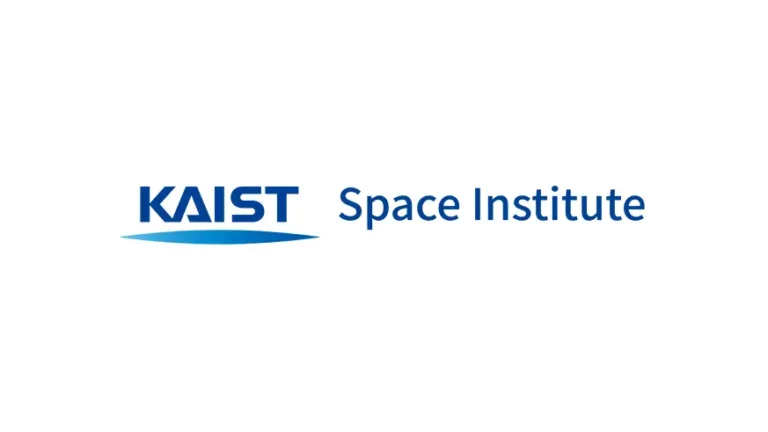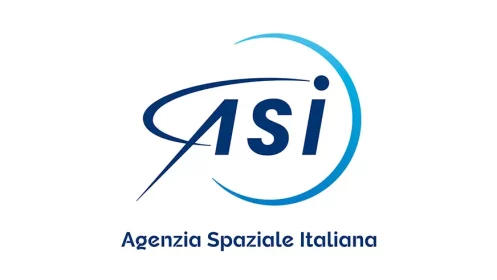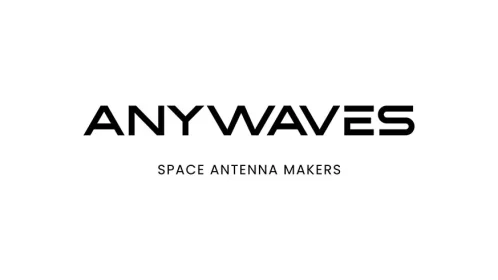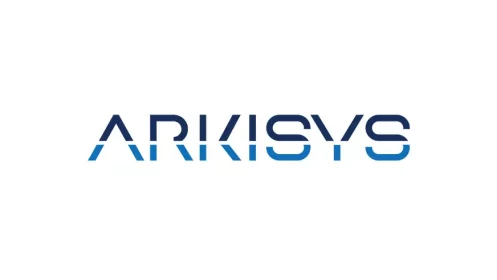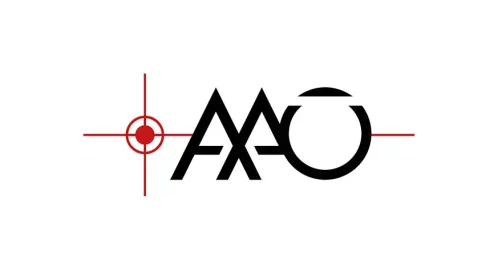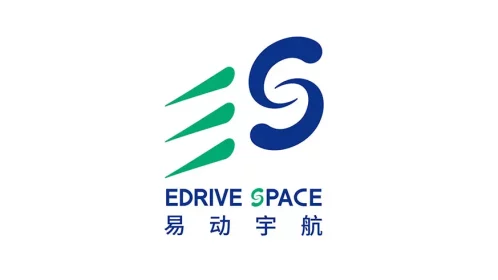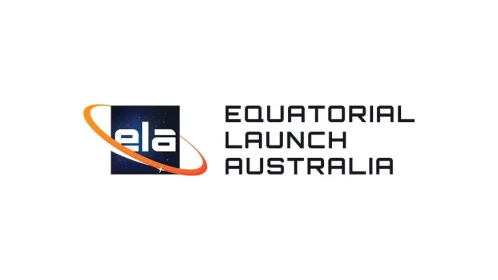Based on the successful satellite development heritage of KAIST Satellite Technology Research Center(SaTReC), the KAIST Space Institute(KSI) was recently founded to integrate KAIST’s space technology expertise under one umbrella.
Satellite Technology Research Center(SaTReC), one of the main parts of KSI, has successfully developed, launched, and operated a series of small satellites using its own technology, including NEXTSAT-2 and NEONSAT. NEXTSAT-2 was launched on May 25, 2023 using the Korean Satellite Launch Vehicle-II (KSLV-II) and is currently performing its mission (earth observation using the self-developed SAR payload) in the designated orbit. The NEONSAT project aims to develop a formation flight of small earth observation satellites. On top of the first satellite that was launched in 2024, a total of 10 additional satellites, five each in 2026 and 2027, are scheduled for launch using the Korean launch vehicle called NURI. The currently on-going main project is ADRSat of which mission is to develop space debris removal technologies.
The KAIST Space Academy (KSA) is committed to cultivating the next generation of space professionals and contributing to South Korea’s goal to be one of the global space powers. To achieve this, the KSA plans to build a sustainable space workforce training platform, develop programs for future space talent, and establish a hub for a global industry-academic-research space education network.
The KAIST Space Institute(KSI) not only performs its own R&D activities, but also contributes to the national planning of space exploration roadmap such as asteroid exploration mission development.
